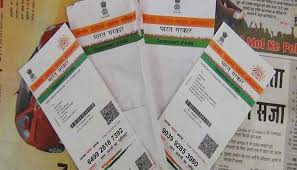
Inter-ministerial body FIPB has approved nine investment proposals, including those of Netmagic Solutions and Vodafone, totaling a foreign investment of Rs 659 crore. “Based on the recommendations of the Foreign Investment Promotion Board (FIPB) at its meeting held on February 21, the government has approved nine proposals involving FDI of Rs 659 crore and recommended three proposals for the Cabinet Committee on Economic Affairs (CCEA),” an official statement said. The FIPB, headed by Economic Affairs Secretary Shaktikanta Das, cleared proposals of Netmagic Solutions entailing an investment of Rs 534 crore and Vodafone India Rs 55 crore. It recommended proposals of Rs 750 crore of Apollo Hospitals Enterprise, Rs 900 crore of Star Technologies and Rs 789 crore of Flag Telecom Singapore Pte to the CCEA, it said.
The panel has deferred six proposals, including those of Gland Pharma, Crown Cement Manufacturing India Private and Powervision Export and Import India Private. It also said proposals of Hindustan Aeronautics, Spectrumlabs India Private and PMI Engineering Exports Private did not come to the FIPB as these were on the automatic route. The government has already announced winding up of the FIPB by putting in place a new mechanism, a move which will further improve ease of doing business.
Finance Minister Arun Jaitley, in his Budget 2017-18, announced the decision to abolish the FIPB, saying 90 per cent of foreign investment approvals are via the automatic route and only 10 per cent go to the board. The FIPB offers single-window clearance for applications on FDI in India that are under the approval route. The sectors under the automatic route do not require any prior approval and are subject to only sectoral laws.
India allows FDI in most sectors through the automatic channel, but in certain segments that are considered sensitive for the economy and security, the proposals have to be first cleared by the FIPB. With growth in FDI in important sectors like services and manufacturing, overall foreign inflows in the country rose by 30 per cent to USD 21.62 billion during the first half of 2016-17. FDI in the country rose 29 per cent to USD 40 billion in 2015-16 as against USD 30.94 billion in the previous financial year.
Source: http://www.financialexpress.com/economy/fipb-approves-9-fdi-proposals-worth-rs-659-crore/601389/




